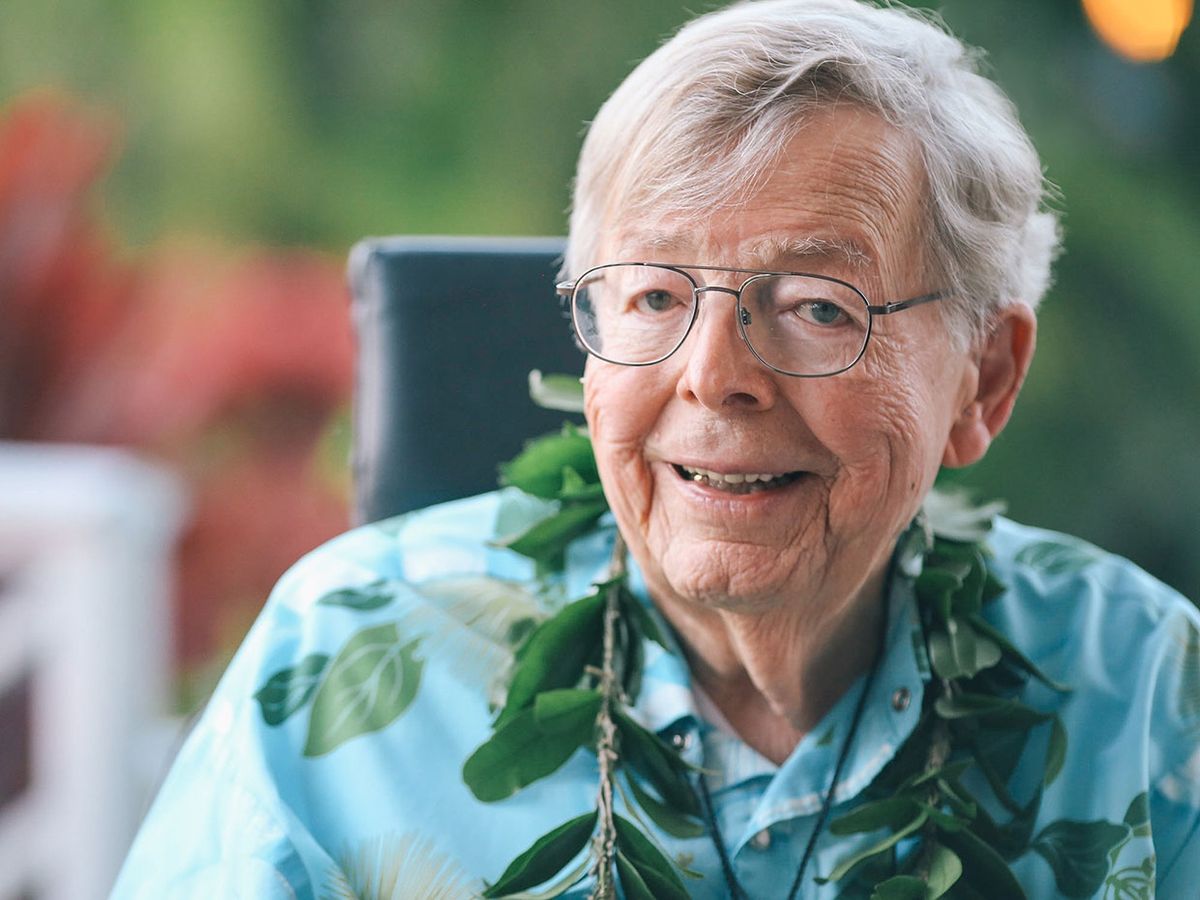THE INSTITUTE IEEE Life Fellow Earl E. Bakken, cofounder of Medtronic, died 21 October at the age of 94.
Bakken started off his career by repairing electronic medical equipment in his Minneapolis garage. Few hospitals had the staff to maintain and fix such delicate devices, so they brought them to Bakken. Seeing the need for a company that specialized in designing and repairing medical machinery, Bakken and his brother-in-law Palmer Hermundslie founded Medtronic in Minneapolis in 1949. In its first year, the company made only US $8.
Medtronic started to take off in October 1957 when open heart surgeon C. Walton Lillehei approached Bakken about building a pacemaker that was better than the one used at the time—which had to be plugged into a wall socket. A pacemaker provides a normal heartbeat through electronic stimulation. During a blackout, there was no way to charge the pacemaker’s battery. Within four weeks, Bakken had built the world’s first wearable, battery-powered pacemaker.
He first tested his pacemaker on dogs. When he showed it to Lillehei, the surgeon implanted the device in children who had developed heart block after surgery, and the pacemaker worked. Heart block affects the organ’s ability to pump blood and can cause bradycardia, an abnormally slow heart rhythm.
In an interview with the IEEE History Center about how he felt when his pacemaker was used for the first time, Bakken said, “I thought, What a wonderful thing we’ve done. We’ve built this thing with our hands. We’re keeping this child alive.”
The company began mass-producing the Medtronic 5800 pacemaker in 1960.
Bakken himself had two pacemakers implanted.
His pacemaker was named an IEEE Milestone in 1999. Administered by the IEEE History Center, the Milestone program recognizes outstanding technical developments.
Today, Medtronic remains a leading developer of medical technology. Its products now include catheters, coronary stents, and heart valves. The company employs more than 86,000 people around the world.
Bakken was named in 1995 to the Minnesota Inventors Hall of Fame. In 2007, at the age of 83, he became the first recipient of an honorary medical degree from the University of Minnesota, Minneapolis. The university named two of its buildings in his honor: the Center for Medical Devices and the Center for Spirituality and Healing.
During World War II, Bakken served as a radar instructor for the U.S. Army. He earned a bachelor’s degree in electrical engineering from the University of Minnesota and soon after received a master’s degree in the field. He worked part time repairing lab equipment while at graduate school at Northwestern Hospital in Minneapolis (now Abbott Northwestern Hospital) before forming Medtronic.
THE MEDTRONIC MISSION
Even after he retired in 1989, he remained involved with his company. He made sure that employee morale remained high and that work continued to support the company’s mission.
In a blog post for The Institute about the company’s culture, he wrote, “In 1960, when corporate mission statements were rare, I wrote one that has never changed. It remains the company’s guiding principle. There are six tenets, but the first one is the most important: to contribute to human welfare by application of biomedical engineering in the research, design, manufacture, and sale of instruments or appliances that alleviate pain, restore health, and extend life.
“With a mission statement that powerful, it’s no wonder employees are loyal. They are inspired, motivated, and rewarded for their efforts. They’re encouraged to be kind and compassionate global citizens.”
In his post, he noted that new employees receive a medallion with the mission engraved.
“Earl always had a vision of health care of not being about devices and drugs but about restoring people to full health,” former Medtronic CEO Bill George wrote in a tribute posted on the company website. “From the very start, he was focused on not [only] implanting a device but also enabling people to live a full, active life, and he delivered that point of view to all Medtronic employees through the mission. Earl is one of the greatest visionaries in the history of medicine.”
FINDING INSPIRATION
Bakken was fascinated by electricity from an early age, figuring out how the wiring in his house worked and building devices such as a robot that could wield knives. The thing that inspired him to start his path to electrical engineering, he said, was the 1931 movie Frankenstein.
“What intrigued me the most, as I sat through the movie again and again,” Bakken recalled in an oral-history interview with the IEEE History Center, “was the creative spark of Dr. Frankenstein’s electricity. Through the power of his wildly flashing laboratory apparatus, the doctor restored life to the un-living.”
IEEE played a large role in his career. He joined the IEEE predecessor society, the American Institute of Electrical Engineers, in 1948 and was named an IEEE Fellow in 1970 for “leadership in the application of electrical engineering to clinical medicine.”
“IEEE has meant a lot to me over the years,” he said in that oral-history interview. “From the time I was young, I wanted to be a member. It’s a thrill to have made it into engineering and to be a member of a national organization of electrical and electronic engineers.
“It’s so important for a new engineer, working with a doctor, to look at the past and build on it, and not to ignore the past.”
For more about the early days of Medtronic, read our blog post.
Leave a tribute for Bakken or share your favorite memories of his inventions below.
